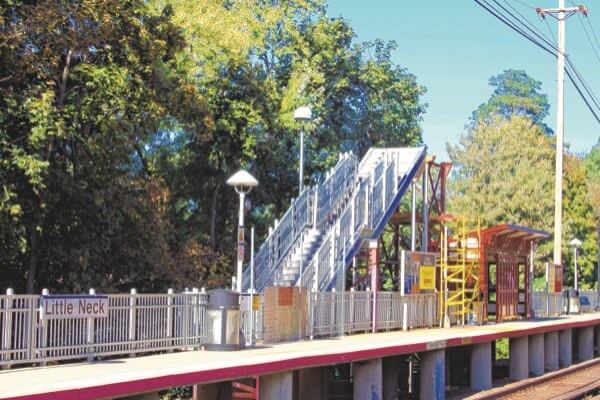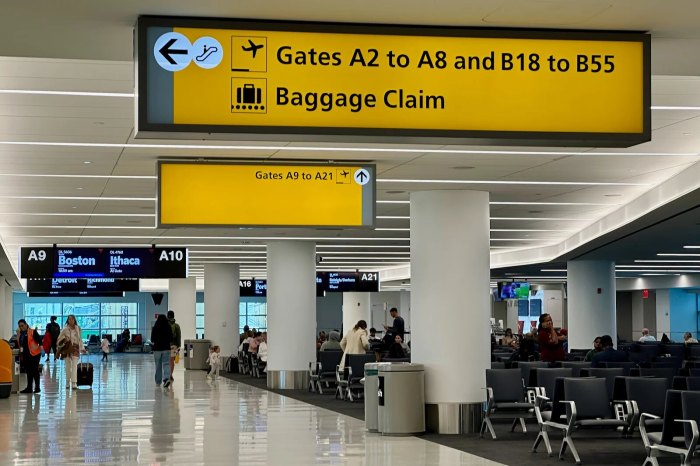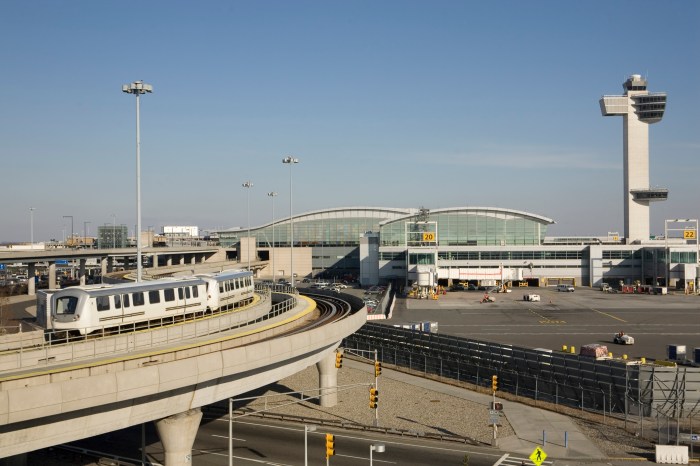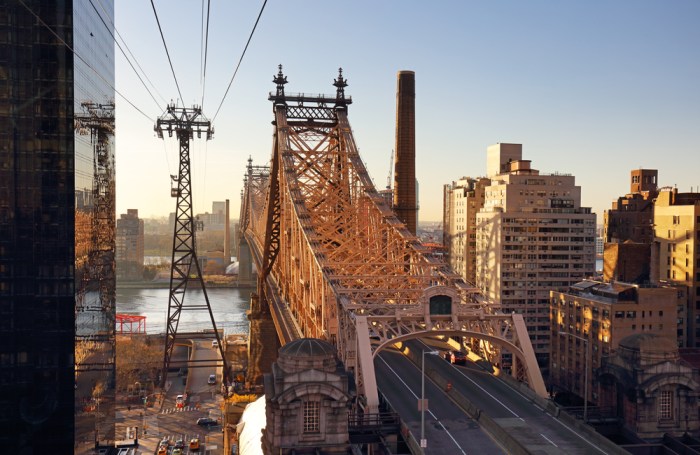By Mark Hallum
The pedestrian bridge serving commuters along the LIRR stop of Little Neck on the Port Washington branch was taken down in mid-September due to unsafe conditions, but now commuters crossing to the other side may find themselves in trouble.
Toscano, 56, was going to work in Manhattan one morning in early October when his train arrived on the opposite tracks unexpectedly. In a mad dash to catch his train, he ran through the railroad crossing as the arms were closing and on the other side was issued a criminal summons by an MTA police officer in an unmarked car.
“Instead of the cop being there as a crossing guard, they’re punishing people,” he said, admitting that his actions were unsafe but arguing for police to regulate foot traffic and mitigate disaster instead of waiting for pedestrians to put their lives in danger before writing tickets. “The LIRR demolished the only pedestrian bridge that crossed the tracks safely and has forced commuters into a police trap. If they were interested in safety, they would be wearing bright orange vests directing traffic, not handing out criminal summons to pedestrians trying to get to work from their car.”
According to a LIRR spokesman, the 54-foot truss bridge was installed in 1989 and posed a safety hazard due to structural decline. A new bridge was being fabricated to be delivered to the station for the MTA to replace the old one by early November.
District Manager for Community Board 11 Susan Seinfeld said there was cause for concern about the safety of locals crossing the track whether the bridge is there or not. About a year ago, a pedestrian was killed at the crossing going to Manhattan when the train came in on the eastbound tracks. She also said the community board had received a number of complaints from concerned adults about children in the suburban Queens neighborhood crossing the tracks to get to school.
Seinfeld said CB11 had asked for better policing at the crossing, specifically for someone to direct foot traffic at the railroad tracks.
“There is a stepped-up effort statewide to better police railroad crossings,” a LIRR spokesman said, explaining why the severity of summons issued in the area have been seemingly aggressive. “In part, that’s from the tragedies up in Westchester Country. But at Little Neck, since there is no longer a pedestrian bridge available, we have an obligation to ensure safety.”
Little Neck is not only a high risk area for pedestrians crossing the tracks without the bridge, but since the station has been a place where deaths have occurred, the MTA police may have placed a high priority on the crossing, the spokesman said.
Reach reporter Mark Hallum by e-mail at mhall




































